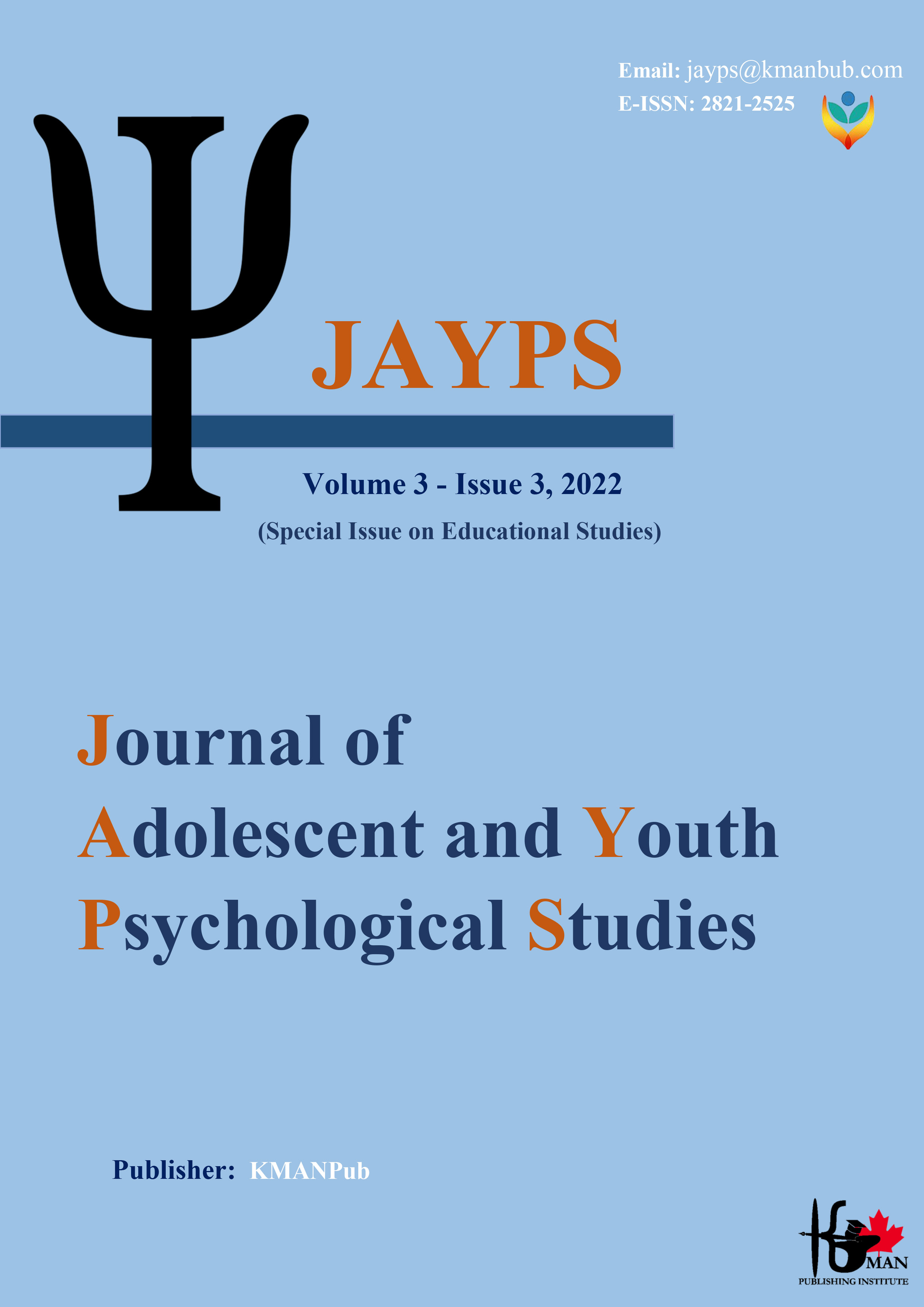Designing an entrepreneurial curriculum model for the second secondary level
Keywords:
curriculum, entrepreneurship, high schoolAbstract
Background and Aim: Schools try to get out of the nature of mere education and enter into life and career skills. In this regard, entrepreneurship is considered one of the most important topics in the present era, and schools try to promote entrepreneurship. Therefore, the main goal of the current research was to design an entrepreneurial curriculum model for the second secondary level of the Islamic Republic of Iran. Methods: This research is one of the qualitative researches that has been conducted using meta-composite method. The statistical population of the current research was actually all the printed and published sources of articles and books in the field of entrepreneurship that were published in the last 15 years. The data was evaluated by experts and finally the sample size was the same as the statistical population (published sources). Results: The results showed that the model of the entrepreneurial curriculum of the second secondary level of Iranian education in the form of 9 elements (goal, grouping, content, materials, learning resources and tools, learning activities, teaching-learning methods, evaluation and tools of that place, space and time) and 10 main themes including (entrepreneurial curriculum, identifying and stimulating entrepreneurial talents and skills, teaching entrepreneurial ethics, creating necessary competencies in the field of knowledge, attitude and skills, systemic and problem-oriented thinking, collaborative projects, using various evaluation tools and methods, self-evaluation and periodic feedback, spatial flexibility of the curriculum and scheduling of activities). Conclusion: Based on the results, it can be said that the entrepreneurship curriculum has several indicators and dimensions that the planners of the education system should help to promote entrepreneurship in schools by prioritizing them based on the fundamental transformation document.
Downloads
Downloads
Published
Issue
Section
License

This work is licensed under a Creative Commons Attribution-NonCommercial 4.0 International License.


























